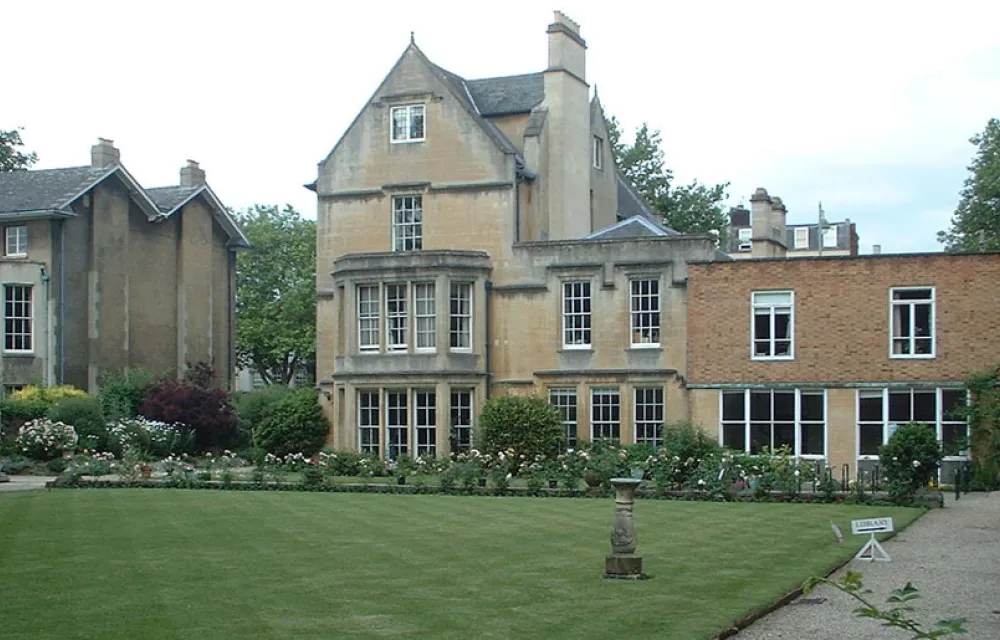The Oxford Department of International Development, originally known as Queen Elizabeth House, was constituted by Royal Charter in 1954
It was orginally envisaged as a residential centre which people concerned with the study of Commonwealth affairs could visit to make contacts and exchange ideas.
In 1961 it housed the Institute of Commonwealth Studies, with which QEH was closely linked. During the 1960s QEH was developed as a residential and conference centre, a centre for University lectures and classes, and for social activities for advanced students and other visitors from the Commonwealth.
The International Development Centre
In the 1980s there was a drive to reshape QEH as a centre for international studies, a move away from being purely a centre for study concerning the Commonwealth. In 1986 it was merged with the Institute of Commonwealth Studies and the Oxford University Institute of Agricultural Economics to create the International Development Centre, a department of the University within the Social Studies Faculty.
As a result of this merger the structure, funding and governance of QEH changed. Most of the functions of the governing body were assumed by the University. In 1994 the governing body was officially dissolved following the transfer of the assets of QEH to the University and the surrender of the Royal Charter. It was replaced by an Advisory Council for the department.
The move to Mansfield Road
From 1958 to 2005 QEH was located at 20-21 St Giles. In late 2005, the department moved to the former School of Geography building in Mansfield Road and became known as the Oxford Department of International Development. In 2011 the Palace authorised the use of the name Queen Elizabeth House for the buildings at 3 Mansfield Road.
Find out more
You can read more about the history of the department in a series of articles in our alumni magazine, Oxford Development Matters:
Part 1: Queen Elizabeth House, Oxford and the British postcolonial project

